People go to occupational therapists for a variety of reasons since everyone has their own personal journey. One desire unifies all of these: Improved health and performance.
When it comes to physical therapy, your clothing is essential. In general, you’ll want to wear garments that allow free range of movement. This way, you can focus on your treatment and not be constricted in any way.
If you’re being examined in a specific area, you’ll want clothes that allow access to the body part of interest. Wear shorts for leg concerns, short sleeves for arms, and so on.
Choosing between the many types of shoes available, however, is more complex. Footwear is an important aspect to consider for physical therapy. Choosing shoes with the proper amount of support is critical for optimal occupational therapy.
Let’s take a closer look at how to pick the best shoes for you.
1. Comfort
The first important detail to consider when choosing shoes for occupational therapy is what level of comfort to go for. After all, when dealing with our day-to-day meetings, many of us want to put our best foot forward. However, not all footwear is well-suited to a therapy appointment.
Formal footwear, whether oxfords or heels, is out of the question. Flip-flops, sandals, and slides might be too casual, however, since they also aren’t the best for physical activity.
Active shoes and comfy athletic footwear like running shoes strike the ideal balance. There’s a variety of reasons for this.
First, active shoes usually have a breathable upper material. The upper of the shoe affects its flexibility, as well as your ability to regulate temperature in your feet. If a material doesn’t breathe well, you might end up with hot, uncomfortable feet. That’s bad enough under normal circumstances, but it is even worse when it comes to a semi-active environment.
The insole and midsole of the shoe are also crucial in finding the most comfortable footwear for you. After all, the insole is what your foot is actually rubbing against the most. At Kizik, we use special technology to address comfort here and elsewhere.
The ideal insole should contour to your feet, like the insoles on Kiziks do, and help with the extra cushioning of midsoles. After all, every foot shape is subtly different. A stiff shoe can’t possibly meet every person's needs. That’s why comfort comes first.
2. Flexibility
The second item on your checklist goes hand in hand with comfort. After all, what sounds more pleasant: stiff shoes or flexible footwear that adapts to you? High-quality shoes should account for the active contexts we face every day, and not just in OT.
Look at the toe box for the perfect example. When it comes to shoe size, people often think of foot length first. Is my shoe long enough? Is my shoe wide enough? Though we think about our feet as a whole, it’s also important that we don’t forget our toes.
The shape of your shoe’s toe box makes a big difference in your footwear. An ill-fitting box can cause extra pressure on your feet and foot-related stress in the long term. Getting shoes with a wide toe box or a rounded one can solve these issues.
Flexibility doesn’t just come from the inside of your shoe—the outside is also important. The Men’s Madrid Eco-Knit highlights some of our values here. The midsole offers flexible cushioning to provide an active, adaptive response to your movements.
The last reason flexibility matters so much is that nearly two-thirds of people don’t wear the right size of shoes. This can lead to a host of podiatry issues if a shoe is way too narrow. Flexibility can help alleviate these issues, though not as much as wearing properly fitting shoes.
3. Support
The purpose of any footwear is to support you—metaphorically and literally. They support your style on date nights, holiday gatherings, big events, and all the little moments in between. They also support your arches.
Supportive shoes are a boon for both healthcare workers and those who visit them. After all, they provide essential protection to users who need good arch support to function better.
There are three main types of arches: High arches, low arches, and medium arches. If you want to figure out your type at home, there are medical guidelines that can help identify yours.
Your arches offer shock absorption for daily movement. Having flat feet or highly curved feet can throw off your balance and is often associated with plantar fasciitis.
One way to address this in footwear is to get comfortable shoes that contour to your feet. Memory foam and special insoles or inserts are simple ways to solve these issues. If you have more serious issues with your feet, corrective tech like orthotics may be more beneficial—but you should always speak with your doctor about this if you think something might be wrong.
4. Stability
A trip to an occupational or physical therapist for anything related to motor skills means you need shoes that help your appointment, rather than hindering it. Otherwise, you’re just making things needlessly complicated. Slip-resistant shoes provide the essential qualities needed to help maintain stability.
What goes into stable footwear, though? Most slip-resistant shoes use rubber soles or another material that resists friction. With a grippy base on your foot, it becomes that much harder for your feet to slip out from under you. This can make accidents like falls that much easier to avoid.
This level of stability is also essential when it comes to navigating complex terrain. Local hiking trails, city streets after a heavy night of precipitation, and potentially slippery indoor floors all offer unique situations for footwear. Stable shoes don’t just support in one situation: They support in all of them.
This makes stability an essential component of comfortable shoes, whether for simple tasks or long days out and about.
5. Accessibility
Of all the details to look for in shoes for occupational therapy, accessibility might be the top priority. After all, what do the other good details about a shoe matter if you can’t actually wear them?
Accessibility in shoes comes down to a few core details:
- How easy are they to put on?
- How much do they accommodate bandages, limb differences, and anything else that impacts the fit of the shoe?
The latter can be impacted by the size of your shoe. It may be a matter of wearing a different size compared to your usual sneaker or buying a different type of shoe. When it comes to the former, however, a lot goes into making shoes easy.
Laces are the main thing that can make getting into footwear tricky. After all, not everyone can or wants to spend time tying and retying their shoes, day after day. Some tout velcro as an alternative, but it doesn’t solve the second issue of laces: Bending over.
To make footwear more accessible to everyone, Kizik aspired to change how we wear shoes. No more laces. No more bending over. No more hassle.
Kizik creates laceless shoes to make getting ready for your day and your night easy. Simply slide your feet in, and the Cage™ on the back of the shoe contours to allow easy access. Then it bounces upright without the crushing that so many sneakers suffer from.
That is how we make footwear truly accessible. No matter your needs or wants, Kizik is here to support you from head to toe.
6. Longevity
Longevity is another important quality to find in a shoe for OT. After all, it’s an ongoing practice and one that sees a lot of usage from your footwear.
A durable shoe should be made of materials that are built to last. For active shoes, this means materials like rubber and mesh. Suede, leather, and more are also great materials but may lack some of the flexibility we want in shoes for OT.
Mesh and other fabrics are also great for their water-resistant properties. They dry quickly, meaning even if they are exposed to moisture, making them comfortable again is easy.
Choosing the right shoe for occupational therapy
A more supportive shoe requires a better-fitting shoe, and it also requires strong stability and flexibility. That’s what you should be looking for when you’re choosing shoes for occupational therapy.
For the latest in footwear that’s easy, comfortable, and made for everyone, check out Kizik.
Sources:


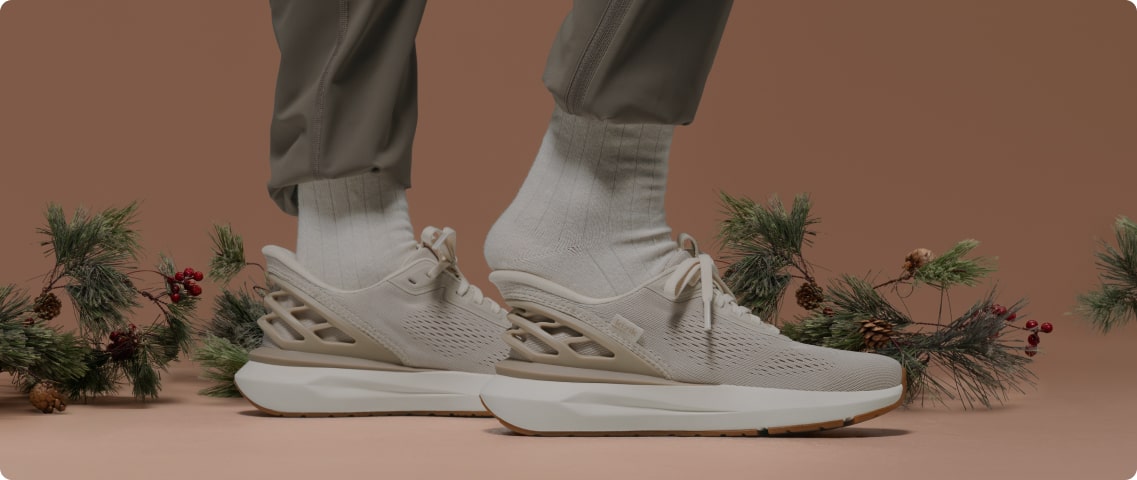
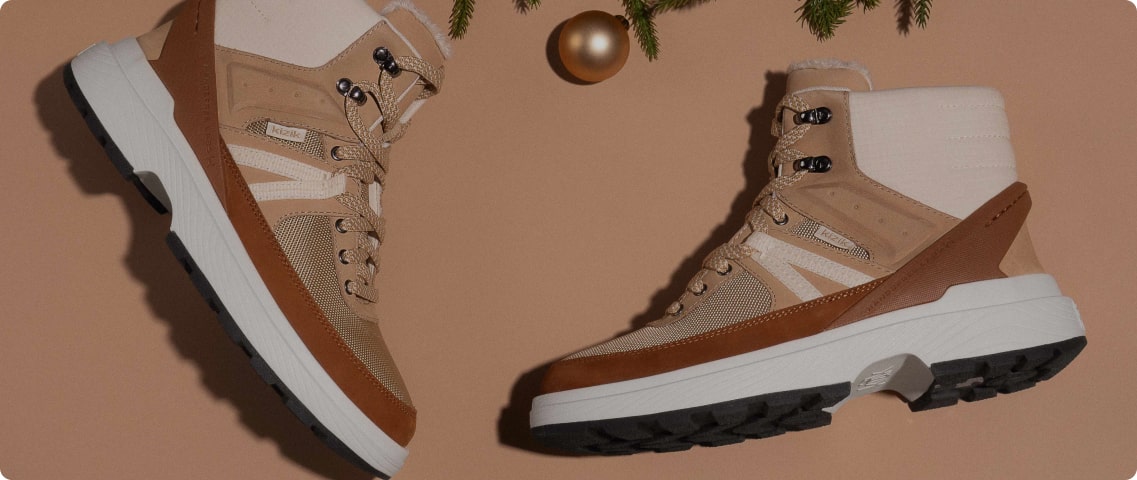
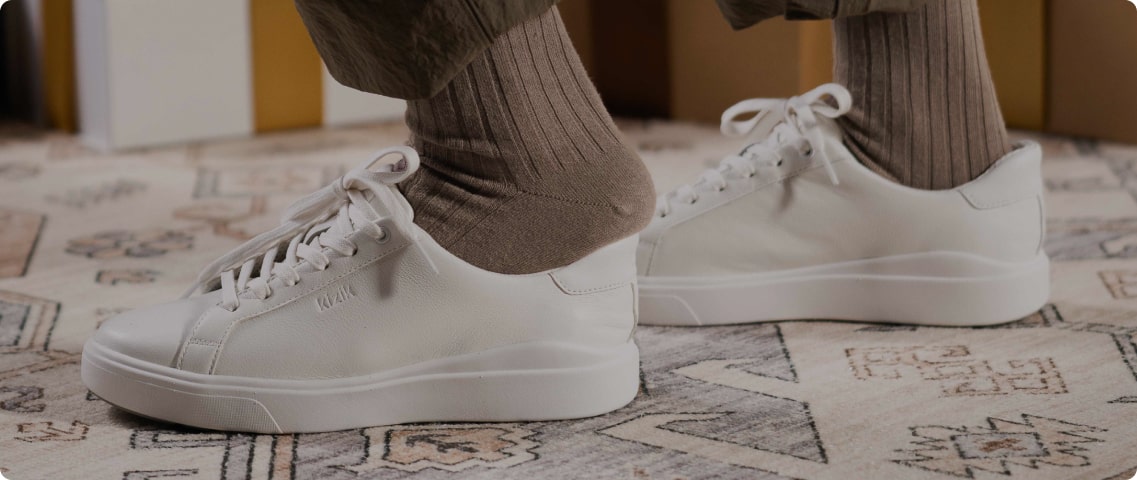
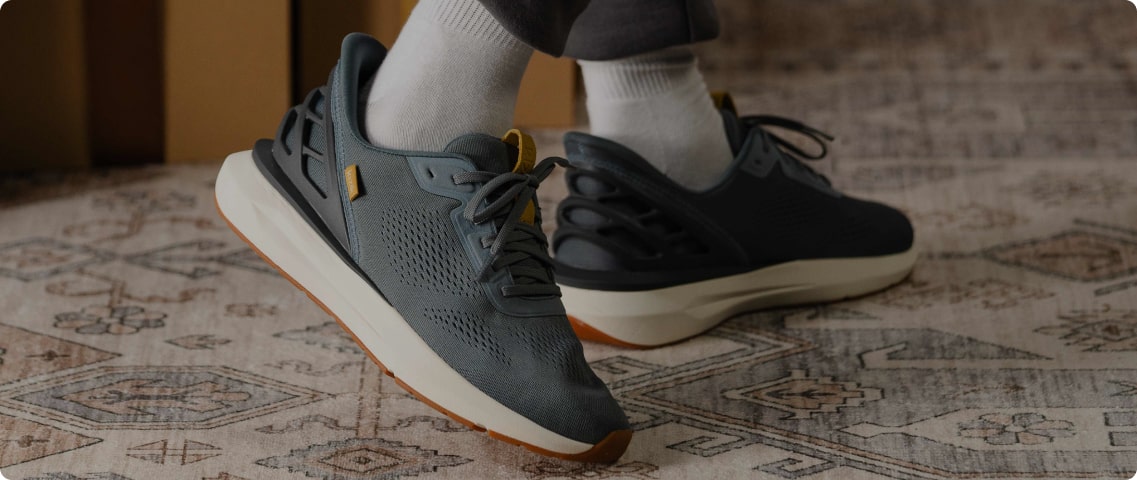
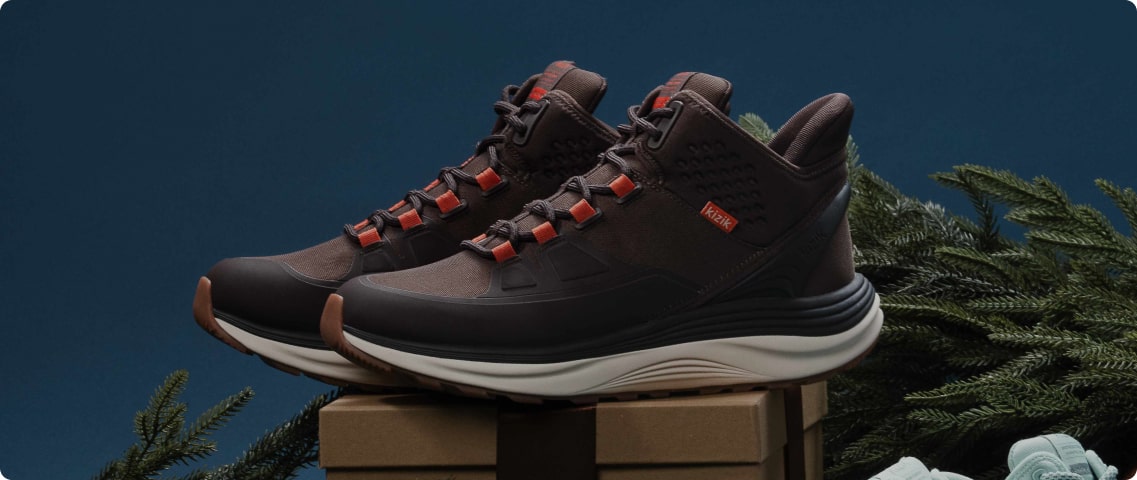
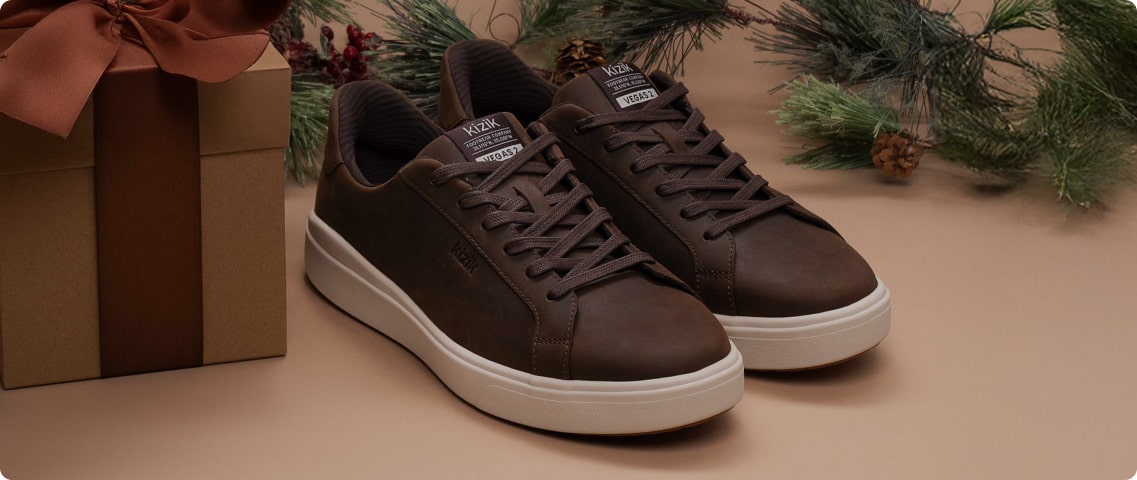
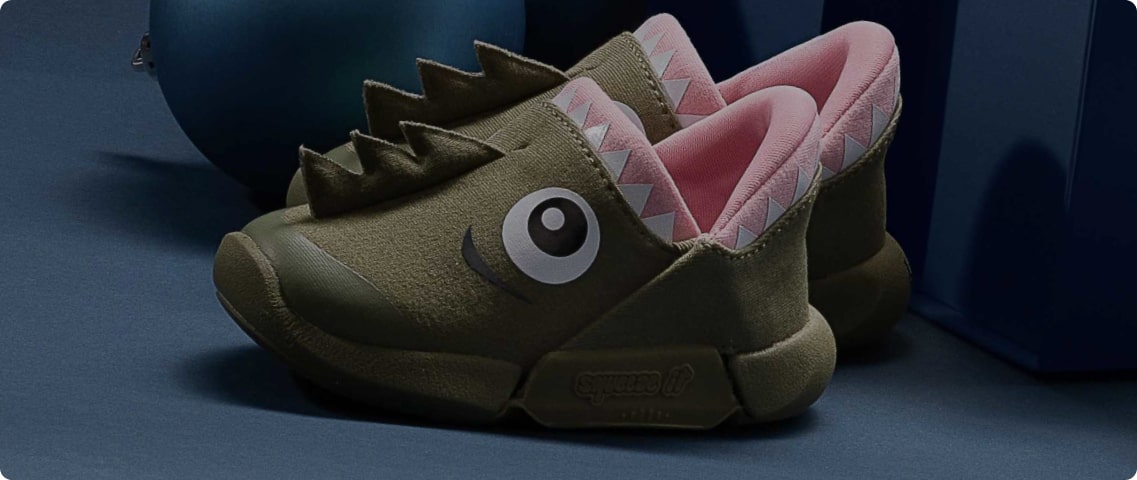
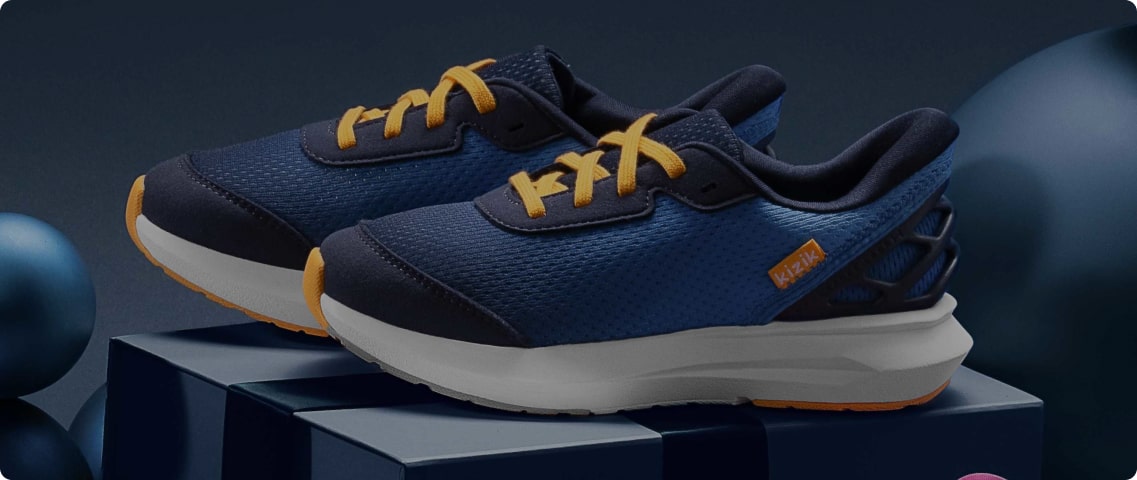
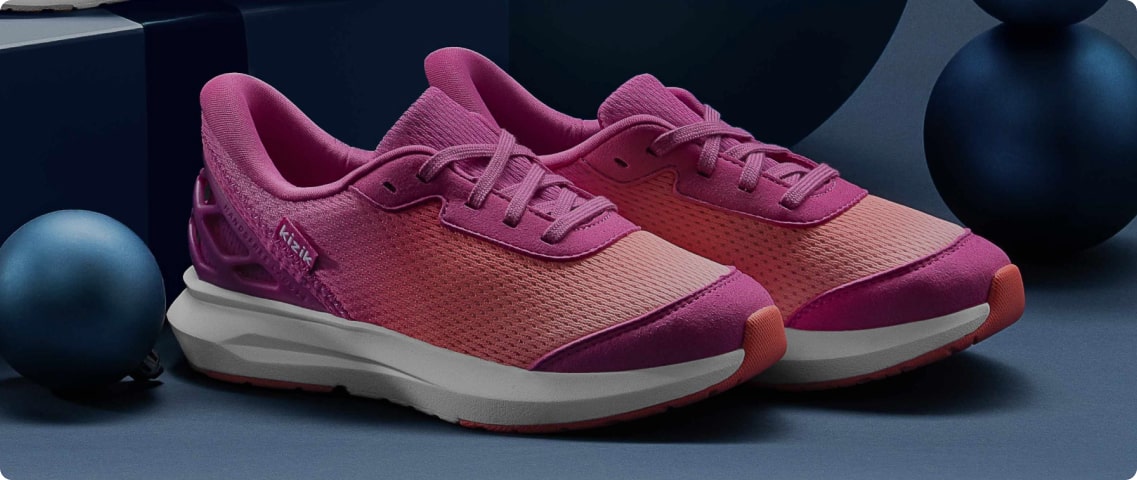




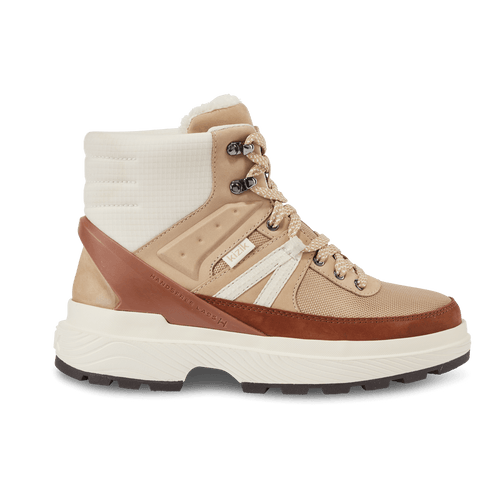
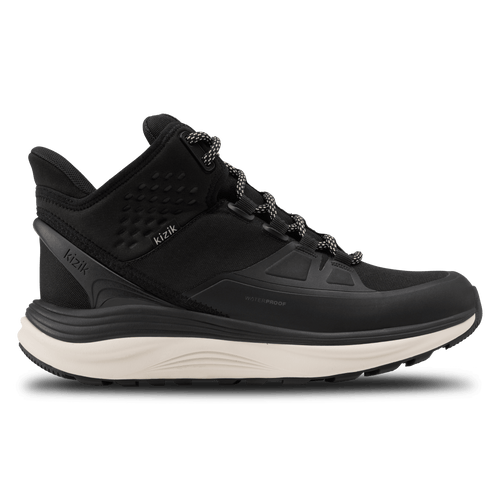





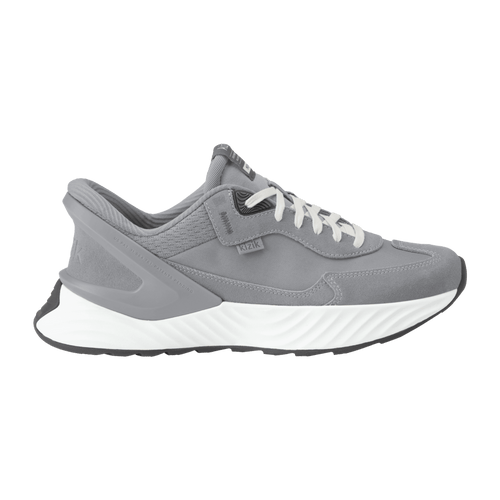


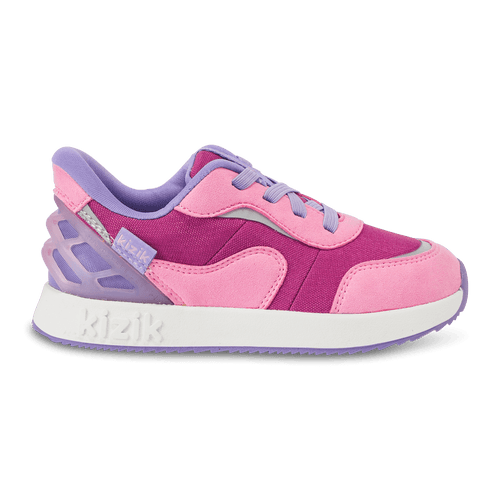

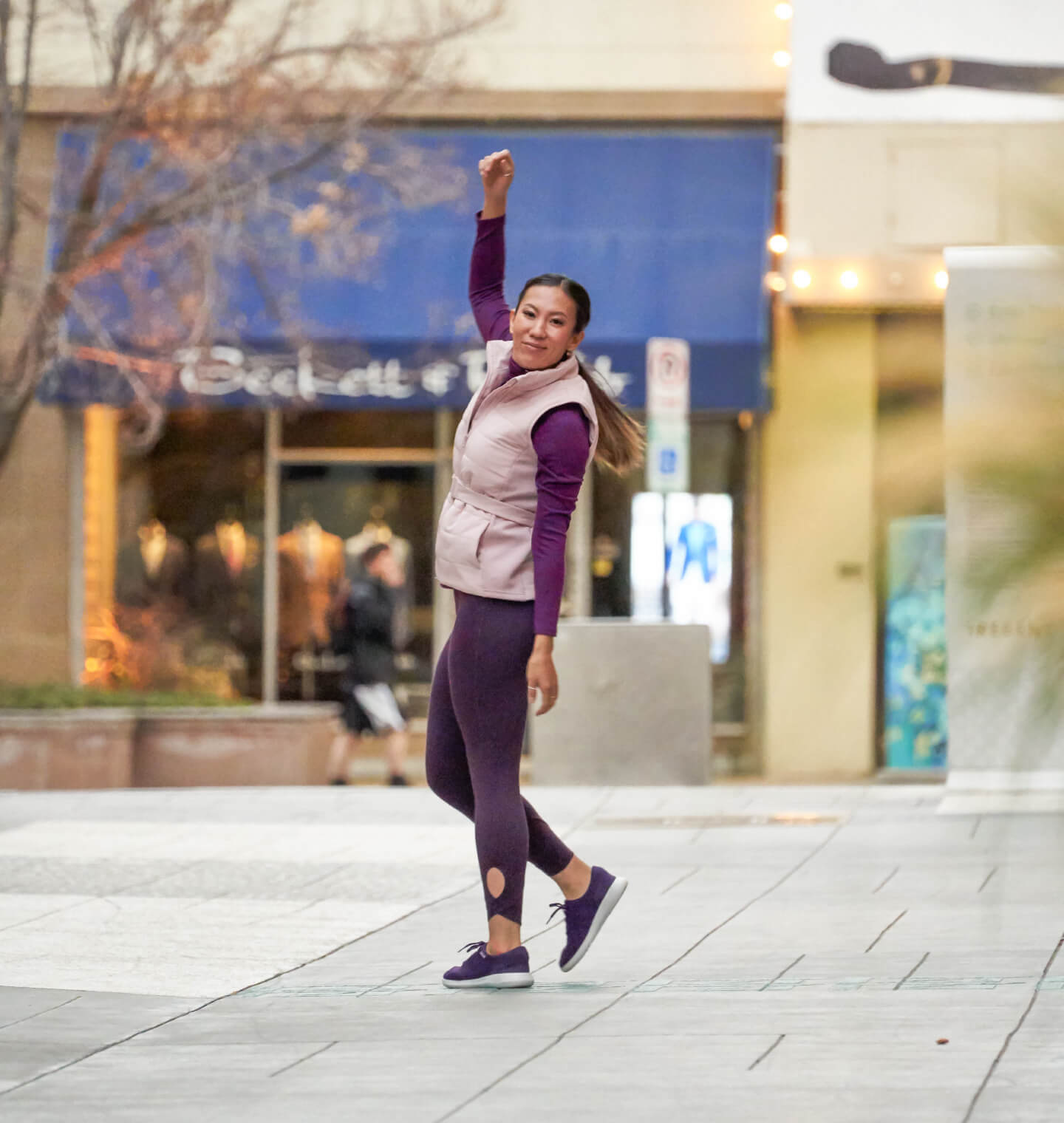

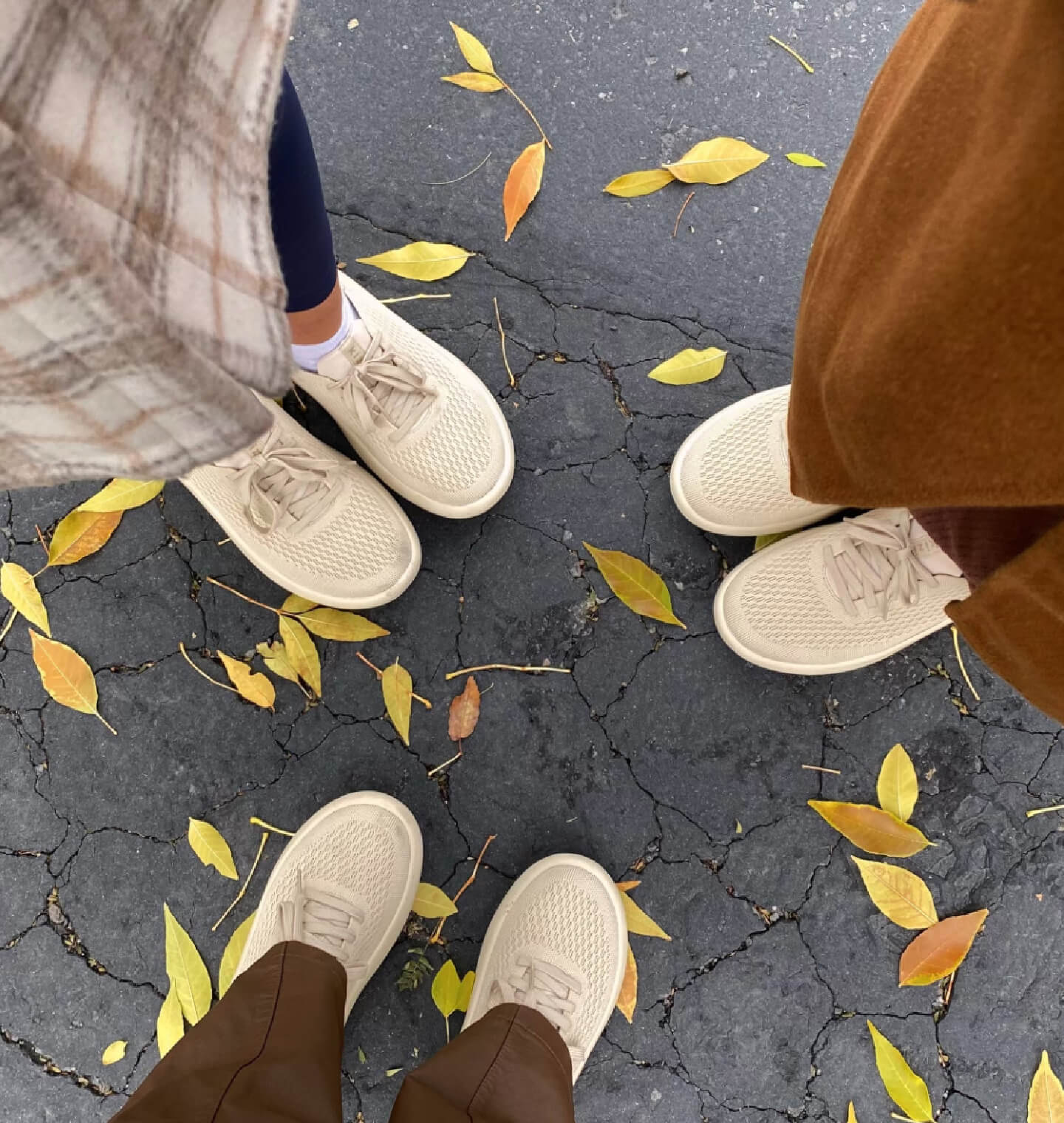
Leave a comment
This site is protected by hCaptcha and the hCaptcha Privacy Policy and Terms of Service apply.